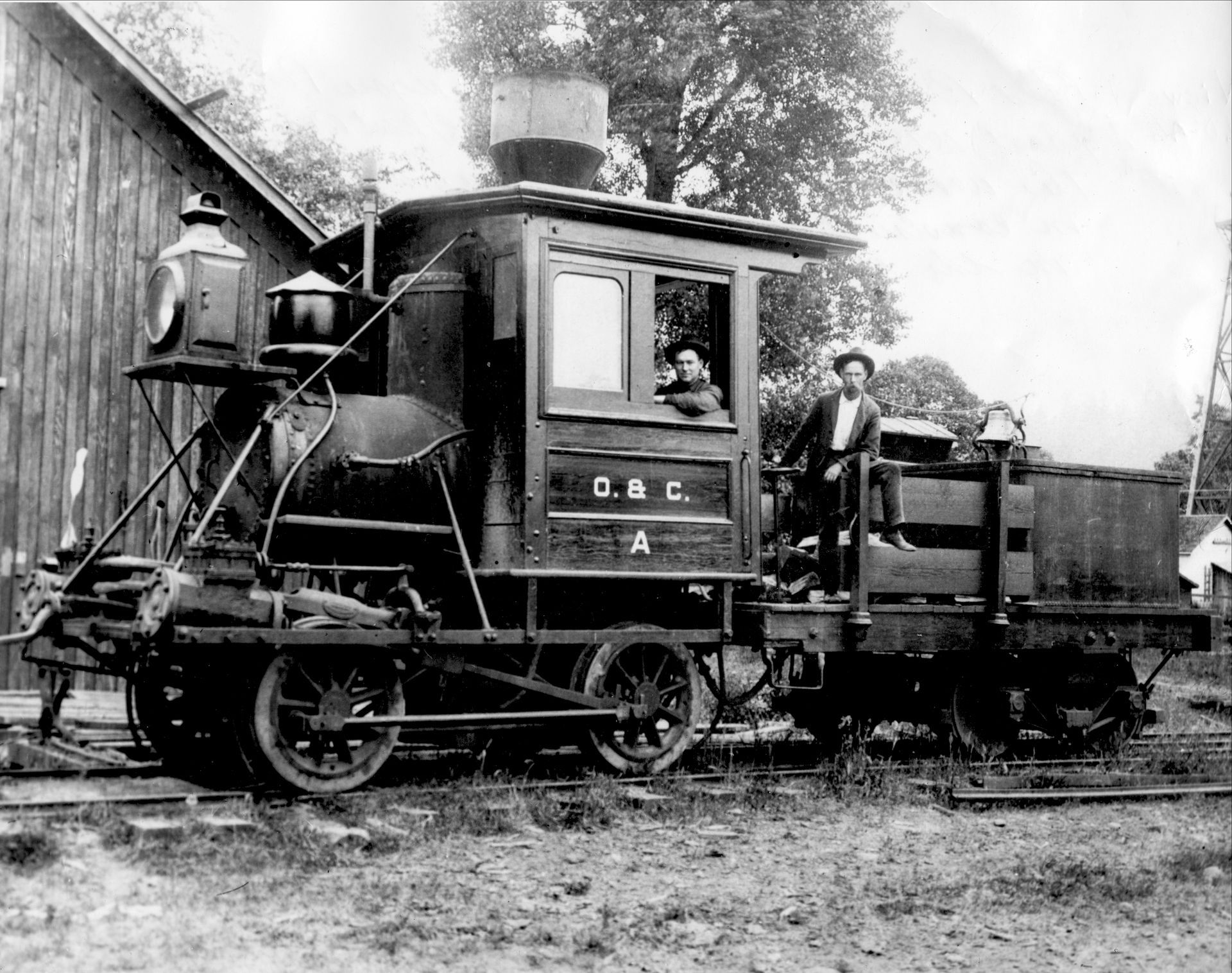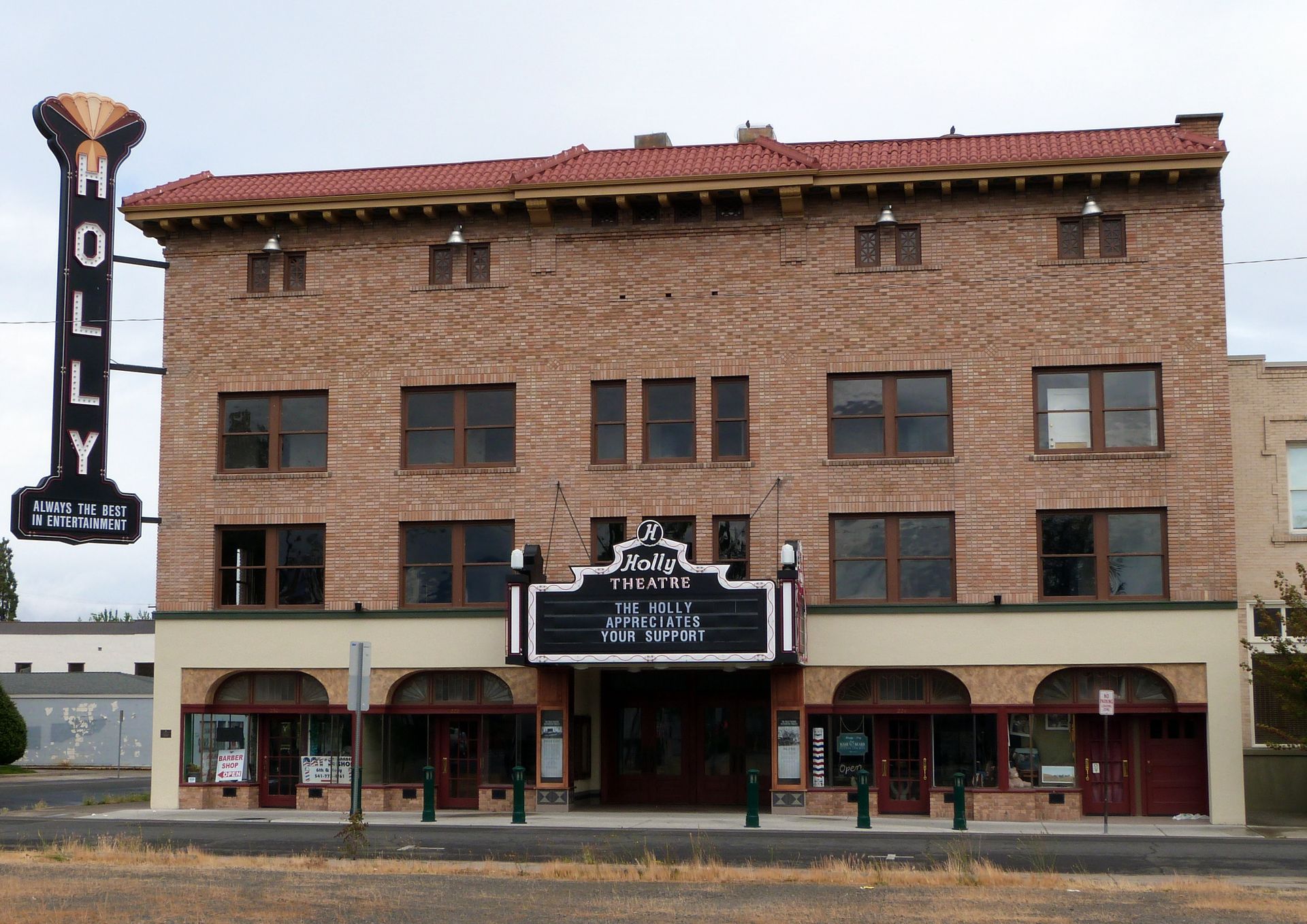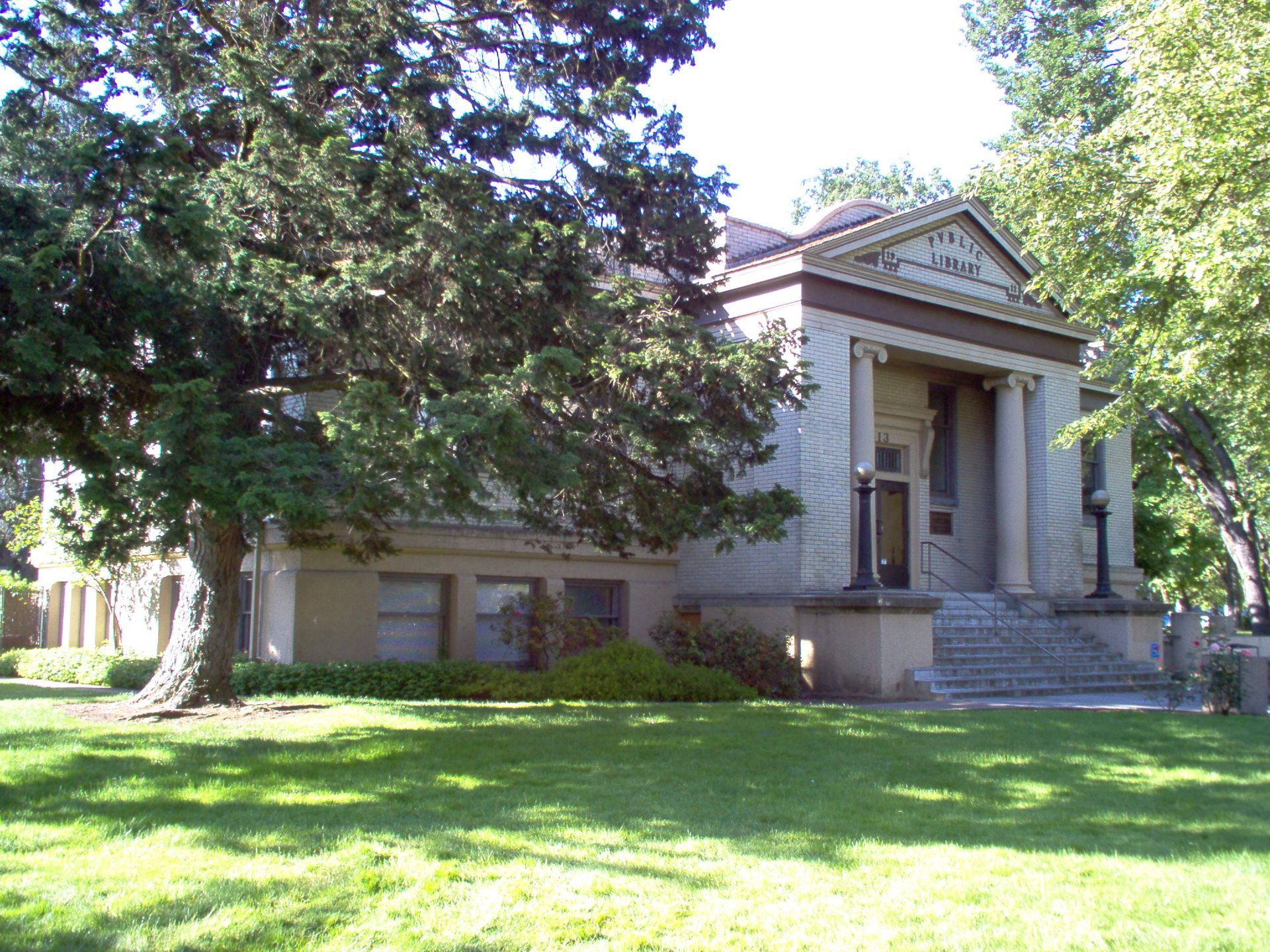Exploring Historic Places in Medford, Oregon
Step back in time to discover Medford's fascinating history through its beautiful old buildings. This southern Oregon city is home to over 100 historic places that tell the story of how a railroad town grew into a thriving community. From grand theaters to unique streets, Medford's historic district offers a glimpse into life over 100 years ago.
How the Railroad Created Medford
Medford didn't exist until 1883, when the Oregon & California Railroad decided to lay tracks through the Rogue Valley. The railroad was supposed to go through nearby Jacksonville, but when that town refused to pay $25,000, the company built a brand-new town instead! Engineer David Loring named it after his hometown of Medford, Massachusetts. When the first train arrived in spring 1884, the new town had only canvas tents and wooden stores. That one decision changed history forever—Medford grew while Jacksonville stayed small.
Downtown Medford Historic District has 104 Buildings
Added to the National Register of Historic Places in 1998, the downtown Medford historic district spans between 4th and 9th Streets. This area contains 104 historic buildings built between 1884 and 1948, showcasing different architectural styles that were popular across six decades.
The Craterian Theater (built 1924) is one of downtown's stars. Named after Crater Lake, this performing arts center once hosted famous dancer Ginger Rogers when she was young! Today, it still presents ballets, concerts, and plays after over 100 years of entertaining the community.
Another gem is the Holly Theater (1930), which once had the largest illuminated sign in Oregon outside Portland. Hundreds of electric lights and 500 feet of neon made it the biggest electrification project in southern Oregon. The theater is currently being restored to protect its stunning Art Deco interior.
The Carnegie Library and Other Landmarks
The Medford Carnegie Library at 413 West Main Street tells an inspiring story. Built in 1912 with a $6,000 grant from millionaire Andrew Carnegie, it was one of 31 Carnegie libraries in Oregon. Carnegie donated millions to build over 1,600 libraries across America because as a poor boy, a library changed his life. The beautiful stone building cost $110,000 (about $3.4 million today!). After serving as a library for decades, it's now transformed into the Kid Time Children's Museum—still helping kids learn after more than a century!
The James A. Redden Federal Courthouse (1915-1916) is the earliest remaining federal courthouse in southern Oregon. Made from red brick with arched windows, it originally served as both a post office and courthouse. This historic building still functions as a courthouse today, over 109 years after opening!
Unique Neighborhoods Preserve Residential History
The Geneva-Minnesota Historic District (added to National Register in 1993) contains 34 historic homes built between 1910 and 1929. Most are cozy Craftsman-style homes with wide porches and handcrafted woodwork.
The coolest feature? Geneva Street's unique pavement from 1910! Property owners hired a company to create "Brickolithic" pavement—concrete pressed with a brick pattern. The crisscross design helped horses not slip and made Model-T cars slow down. When the city wanted to repave in the 1990s, residents fought to save it. This 105-year-old street is still in use today!
Visit History That's Alive Today
Unlike many cities where old buildings sit empty, Medford's historic places are still active. The Southern Pacific Railroad Depot was Porter's Dining restaurant and is now The Old Spaghetti Factory. Downtown shops and offices fill historic commercial buildings. You can take a free self-guided walking tour to see 21 significant buildings, each with fascinating stories about Medford's past.
How old is downtown Medford?
Medford was founded in 1883, making it over 140 years old. The oldest buildings downtown date from the 1880s and 1890s.
What architectural styles can I see?
You'll see Chicago School (large windows, practical designs), Craftsman (handcrafted details), Art Deco (geometric patterns from the 1920s-30s), Spanish Colonial Revival (red tile roofs), and Victorian homes (ornate decorations).
Can I visit these historic buildings?
Yes! Many are open businesses, restaurants, or theaters. The Craterian Theater hosts performances, and you can walk past all the buildings on the free downtown historic tour.
Why is historic preservation important?
These buildings help us understand how people lived and what they valued. Once demolished, they're gone forever. Medford's historic places connect us to stories about the railroad era, early pioneers, and community development.







